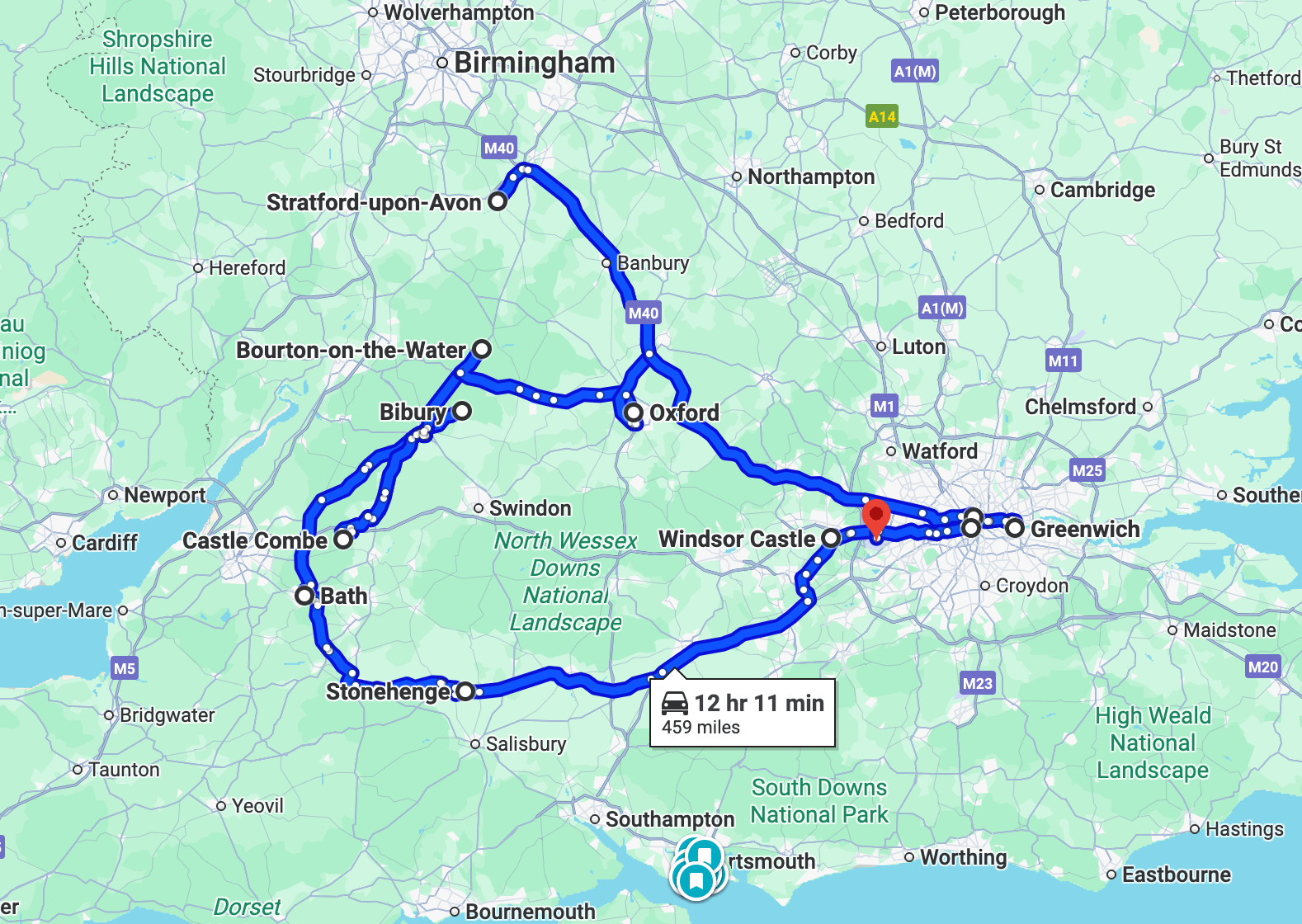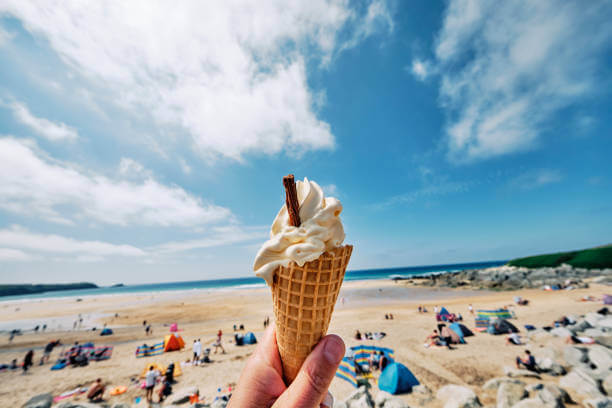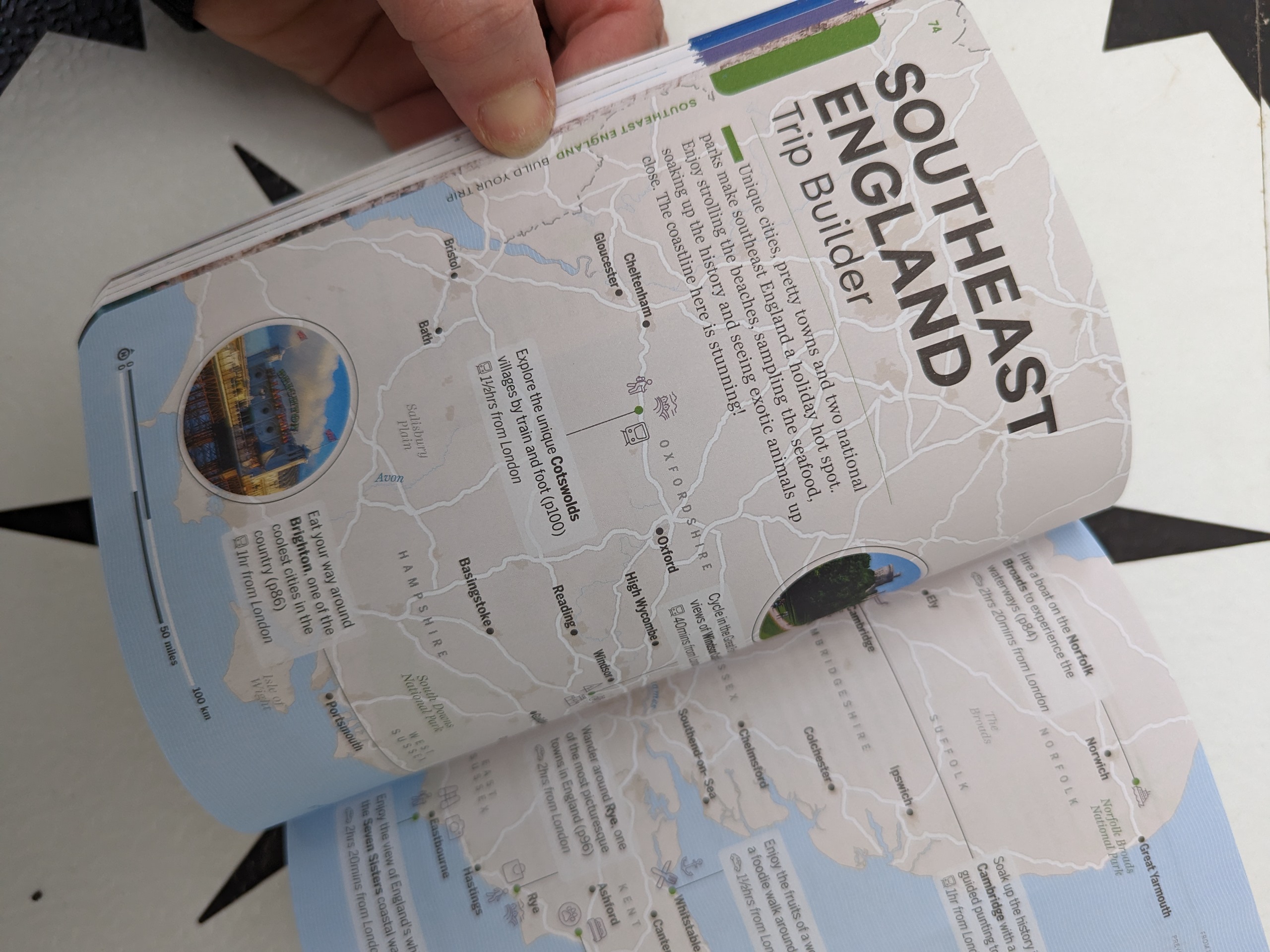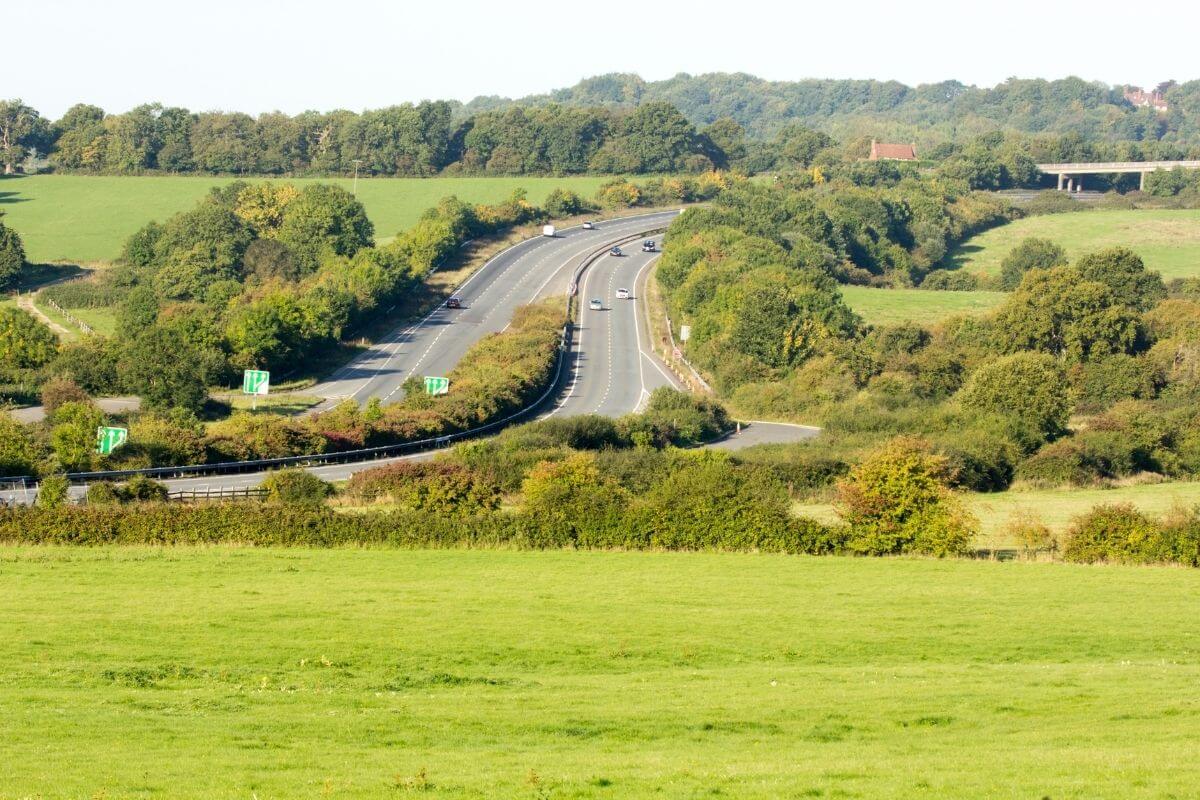5 Ways To Fight Hay Fever On Your Day Out
We’ve got some great advice on how to enjoy the summer season without suffering from sneezes. Hay fever be gone!
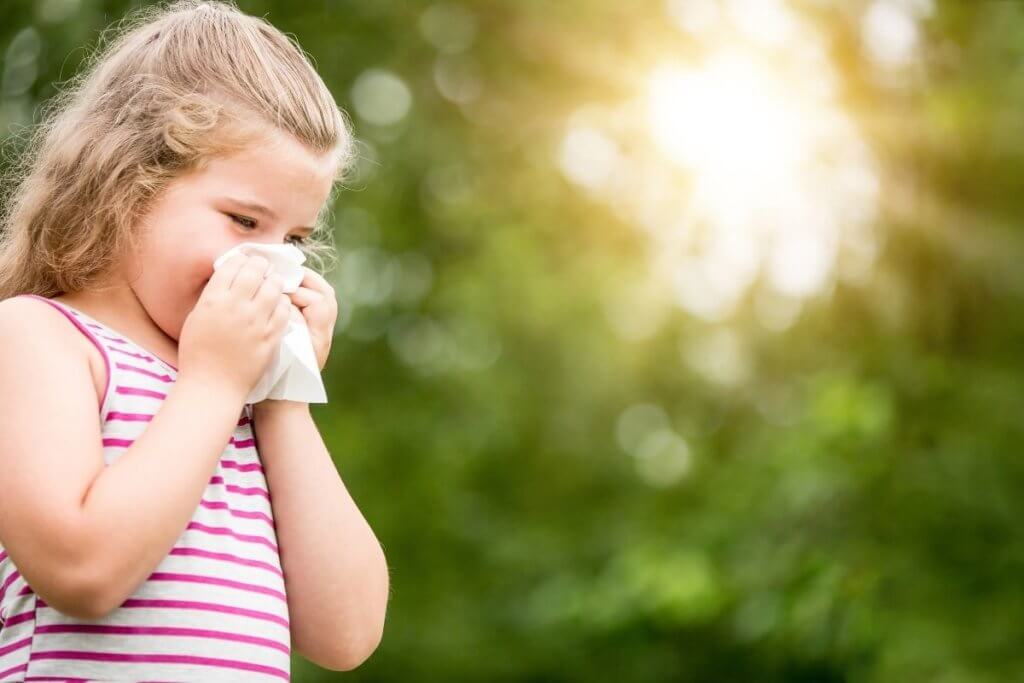
If you love the wonderful English outdoors but suffer from hay fever, you’ll know the frustration the condition can bring. Nobody wants an enjoyable day out ruined by bouts of sneezing, weeping eyes and horrible back of the throat itching.
Thankfully there are plenty of ways to prevent and reduce the symptoms of hay fever. By following these simple steps, you too can explore the best the country has to offer – sniffle free! Let’s break it down.
1. Use the pollen forecast to schedule your day out
Everyone is used to checking the weather forecast before planning a day out. After all, nobody wants their family picnic washed out by a storm cloud, or their hike jeopardised by a flurry of hail. But the weather isn’t the only forecast offered by the Met Office. Nowadays, hay fever sufferers can make use of another helpful tool: the Pollen Forecast.
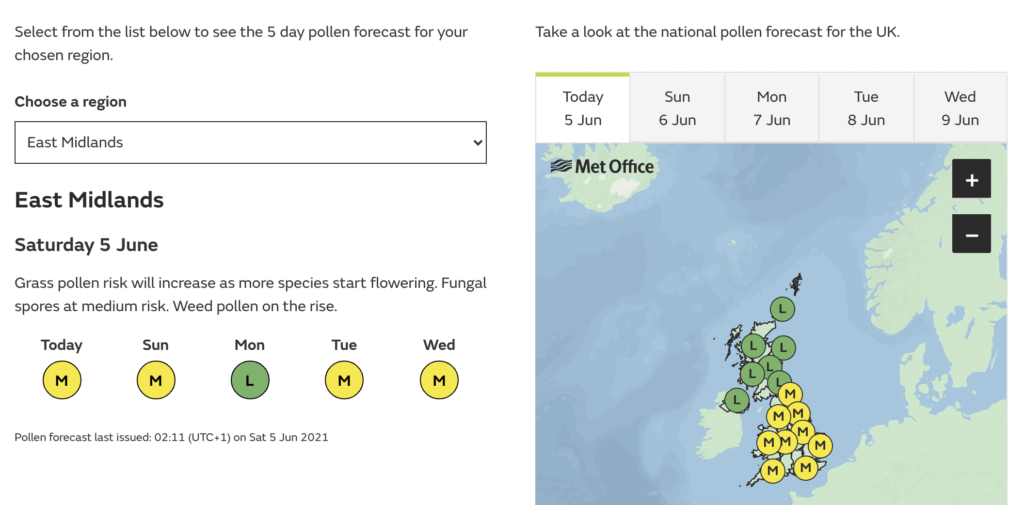
This forecast maps pollen levels across the whole of the UK, offering predictions up to 5 days in advance. Pollen levels are categorised by intensity, ranging from low to very high, and can be viewed by region. By looking up the forecast for any given time and place, you can arrange your trips to avoid pollen peaks.
Generally speaking, pollen tends to peak on hot and dry days during the early mornings and evenings. Levels tend to dip during or after rain showers – so if you fancy, you could pack your brolly and brave it!
Of course, your pollen allergies will be dependent on the types of pollen you are sensitive to – tree, grass or otherwise. This varies from person to person, so you might want to brush up on your botany to work out which months to be wary of.
For a very brief summary: you can expect a lot of tree pollen to release and peak between March and May. This is followed by grasses, weeds and crops peaking in June and July, with some varieties still pollinating at the beginning of September. Find more information about it in this handy UK Pollen Guide from e-Surgery.
2. Avoid your pollen hotspots
While pollen is as widespread as the wind, there are certainly areas that can trigger allergies and asthma more than others. Of course, the more plants in any given area, the higher the likelihood of pollen. But that doesn’t mean you need to swear off countryside walks!
As we mentioned, your pollen sensitivity is likely species dependent. So if you can avoid key areas populated by your more triggering plants, you can do a lot to reduce your symptoms on a day out.

Sometimes we just have to learn from experience which local areas set us off sneezing, and which ones don’t. But if we’re exploring somewhere new, how can we know if we’ll be exposed to allergens? Even urban areas aren’t pollen free, particularly on top of air pollution. Do we just cross our fingers and hope for the best when visiting a new location?
Thankfully, the University of Exeter has collaborated with the Met Office to produce a Pollen Hotspot Map of Britain covering over 12 kinds of tree, grass and weed pollen. The map uses colour to show a detailed distribution of plants nationwide, allowing the reader to avoid their triggering pollen hotspots when planning a day out.
For example, the map shows us that allergenic grass is at its most potent in Northern and Western Britain, including Wales. Meanwhile, weed pollen such as nettle and mugwort is found mostly within urban areas, particularly in London.
Savvy hay fever sufferers can now combine the pollen forecast, the pollen hotspot map, and their knowledge of pollen seasons to powerful preventative effect.
3. Arrive equipped for hay fever
Wherever you’re going, it’s always important to pack right. If you’re going for a country walk, you’ll need to stay hydrated with a water bottle. If it’s a scorching summer afternoon, you’ll need to stay protected with suncream. If you’re hiking up a hill, you’ll need a pair of boots that are up to the task. So if you’re expecting to be hit by hay fever, you’ll want to pack right for that, too.
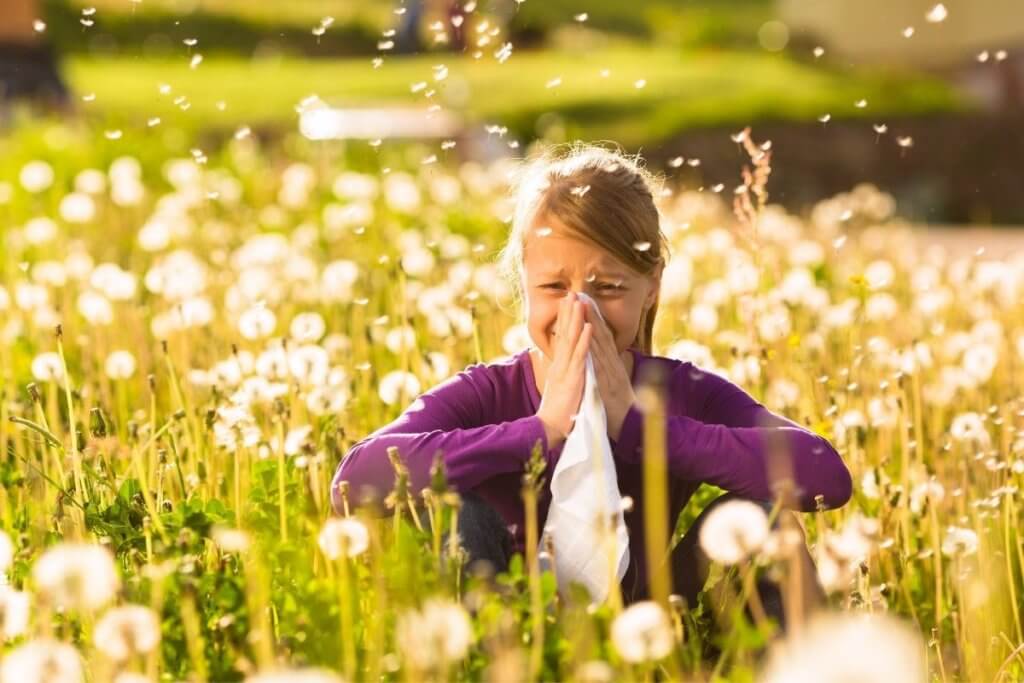
It doesn’t take much to arrive equipped for hay fever. If you’re expecting bouts of sneezing and all the mucus that comes with it, you’ll want to pack some pocket tissues just in case. For asthma sufferers, it goes without saying that you should be travelling with your inhaler to hand, particularly if you’re prone to wheezing from pollen.
You can also carry anti-allergy treatments with you, such as tablets or nasal spray. However, you should really be using these treatments ahead of time – but we’ll get to that later.
Clothing and accessories can also be put to good use. In addition to shielding you from UV rays, wraparound sunglasses are particularly effective barriers to pollen. Hats are nifty options for keeping allergens out of your hair, while doubling up as a source of shade for your skin.
4. Prepare from home before going out
Most of our previous tips require a bit of home preparation. For example, you’ll want to check up on forecasting and hotspots on your devices ahead of time, and possibly mark them on a calendar. You’ll also need to put together appropriate clothing and pack the right equipment in anticipation of a day out. But are there any other home remedies or habits that can set you up for an allergen resistant adventure?

There are a couple we can think of.
How about Vaseline?
Yes, it’s true: people are using Vaseline as a cheap and cheerful home remedy for hay fever!
Apparently, it can be spread inside the nostrils or under the eyes as a sort of pollen catcher, with the jelly trapping the allergens in place. If you’re okay with the sensation of Vaseline in your nose, it can be an effective makeshift barrier to apply before heading out the door. Easy enough to carry with you as well.
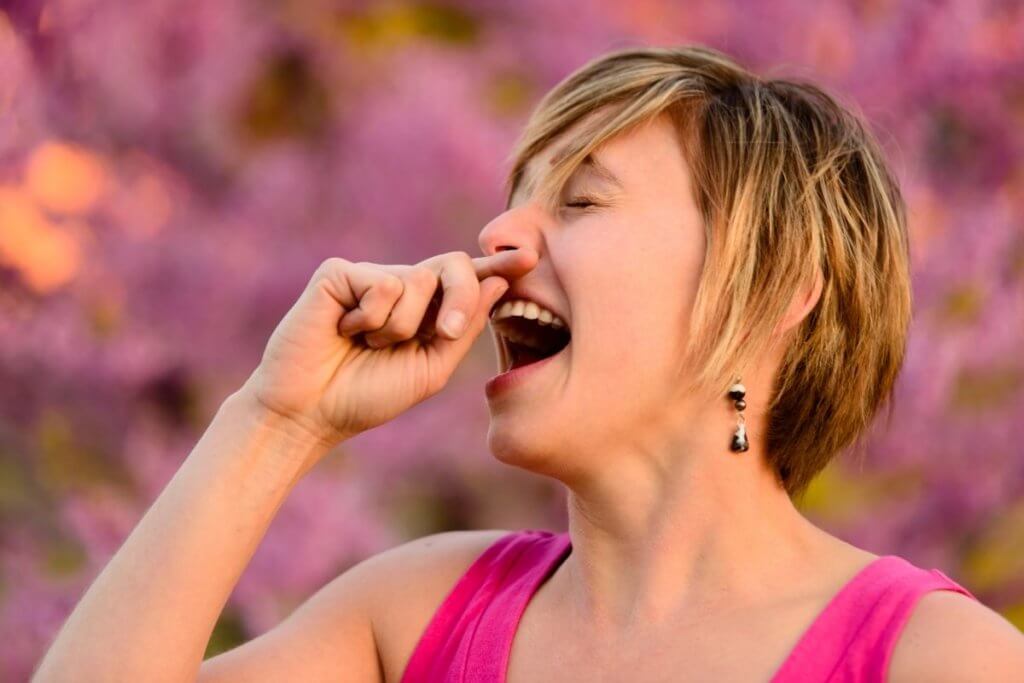
Another easy remedy from home is using salt water for nasal irrigation – essentially, sniffing it in small quantities into the nose. Some pharmacies even sell specialised sachets for this exact purpose. Again, it’s another preventative step that can be done easily from home before you go out.
It might seem counter-intuitive, but you can accidentally bring bits of pollen with you on a day out… that got stuck to you from inside your house!
Clothing can carry allergens if it’s been dried on a line outside, and any open window can lead to pollen sticking to furniture. Unfortunately, our beloved pets are culprits too, with their hair carrying airborne allergens all over the place. That’s why you should take a shower and change clothes after getting home, dry your clothes inside, and avoid opening windows for too long during peak pollen season.
5. Take preventative treatments to stop symptoms
If you’re really set on banishing hay fever symptoms from your summer holidays, you’ll probably want to get a medical prescription. Nowadays there are plenty of effective options to choose from, and they’re all easy to take with you, wherever you fancy going.
The nose tends to take the brunt of hay fever symptoms – sneezing, itching, congestion. That’s why anti-inflammatory nasal sprays are one of the most common hay fever treatments, as they’re applied directly inside the nose to knock out those allergic reactions. When used as prescribed, nasal sprays work as a fantastic preventative for hay fever.

In addition to sprays, your standard tablet options are always available. Antihistamine tablets such as Fexofenadine tablets for hayfever are capable of relieving hay fever symptoms within an hour of consumption, and they’re non-drowsy, meaning you’re more likely to avoid any kind of sleepy side effects that might slow down your day out.
With that in mind, there’s no real reason to let sneezes spoil your summer when you can grab effective hay fever treatments from any good UK pharmacy, as well as reliable online services such as e-Surgery.com.
- Tenner in my pocket: The rise of alternative adventure - 23 December 2025
- Where to See the Best Christmas Lights in London (2025) - 15 October 2025
- 9 Best Pumpkin Patches in England for 2025: Where to Go Pumpkin Picking This Autumn - 14 October 2025

